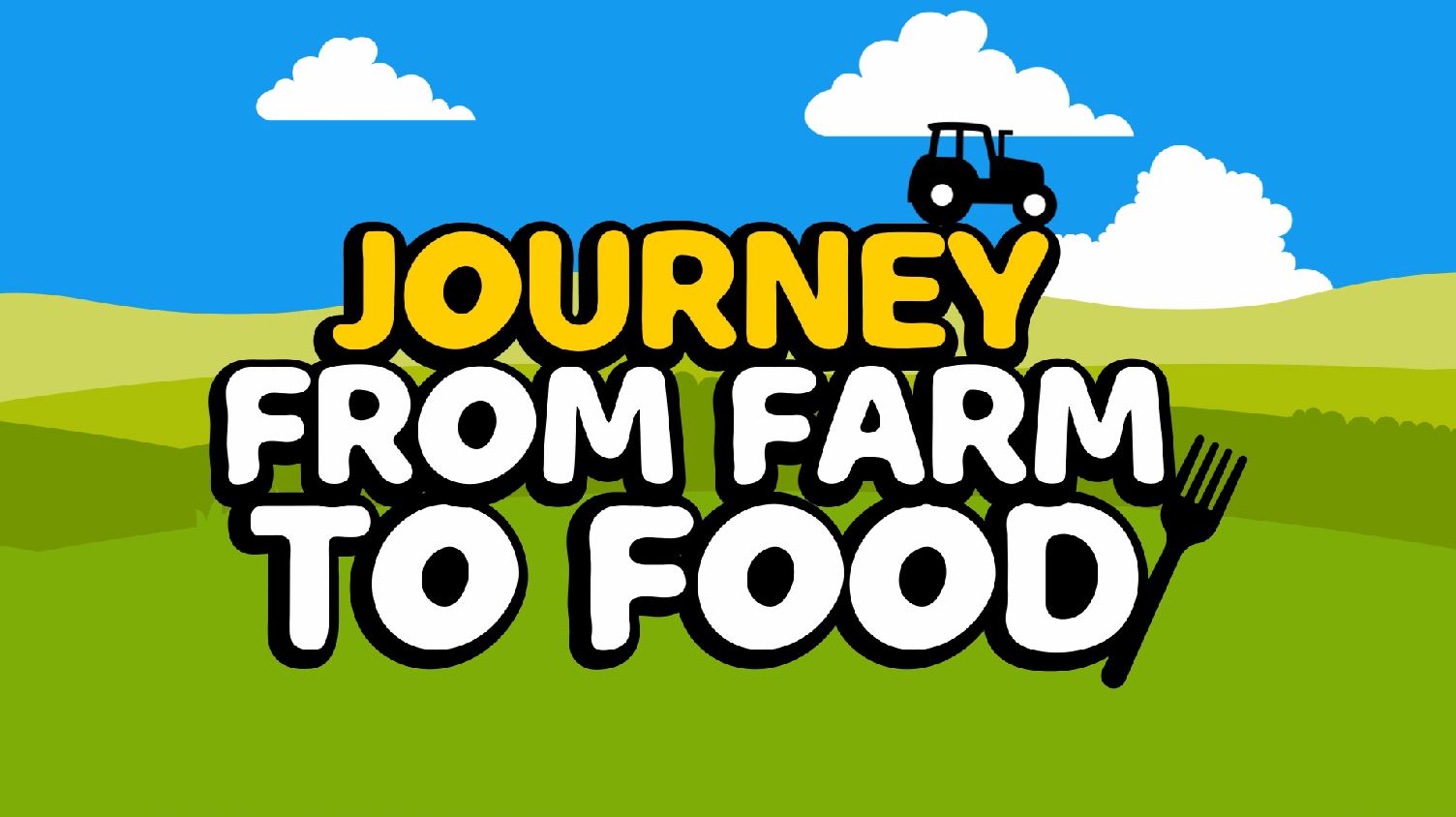Reducing Waste
Background
The main aim of this 2-year research project was to show how a better understanding of the oxidative changes which occur in beef and lamb muscles between production and retailing can be controlled to increase shelf life and reduce food waste. Possible reductions in the use of plastics for packaging meat were also investigated. Meat waste is the biggest component of food waste by value in Britain and the most common form of packaging, modified atmosphere packaging (MAP) uses considerable amounts of plastic. The project aimed to more accurately quantify the financial and carbon cost of meat which is wasted during processing, distribution and at retail.
Objectives
To calculate the amount of waste generated at different stages in typical beef and lamb supply chains from packaging to point of sale at retail. The financial and carbon costs will be estimated.
To determine the optimum gas to meat volumes for modified atmosphere (MA) packs in terms of colour shelf life, lipid and protein oxidation and to investigate the use of gas mixtures with lower concentrations of oxygen. The consequences for reducing the carbon cost of beef and lamb cuts will also be calculated.
To examine the alternatives to MA packs for beef and lamb cuts. It will contrast MA, vacuum-skin packaging (VSP) and VSP-Bloom systems in terms of colour, lipid oxidation, protein oxidation and toughness. The costs and savings will be calculated.
To determine the effects of processing variables such as muscle pH/temperature and ageing time on colour, lipid and protein oxidation. The role of muscle vitamin E in these situations will be determined and a mechanism for high oxygen-induced toughening/reduced tenderisation provided.
To investigate the effects of dietary vitamin E and selenium on the shelf life characteristics of lamb including colour, lipid oxidation and protein oxidation.
Expected benefits
The main aim of the research was to develop a comprehensive set of guidelines for the red meat industry to enable them to reduce waste in the retail distribution chain and its consequences for the environment. The results were incorporated into the advice given to processors and retailers.
Who is funding the project?
The project was funded by DEFRA, HCC, EBLEX Ltd, QMS, ASDA, ABP Doncaster and Sealed Air Ltd.
Timescales
The project commenced in April 2009 and finished in September 2011.
Report
To read the final report, click here


